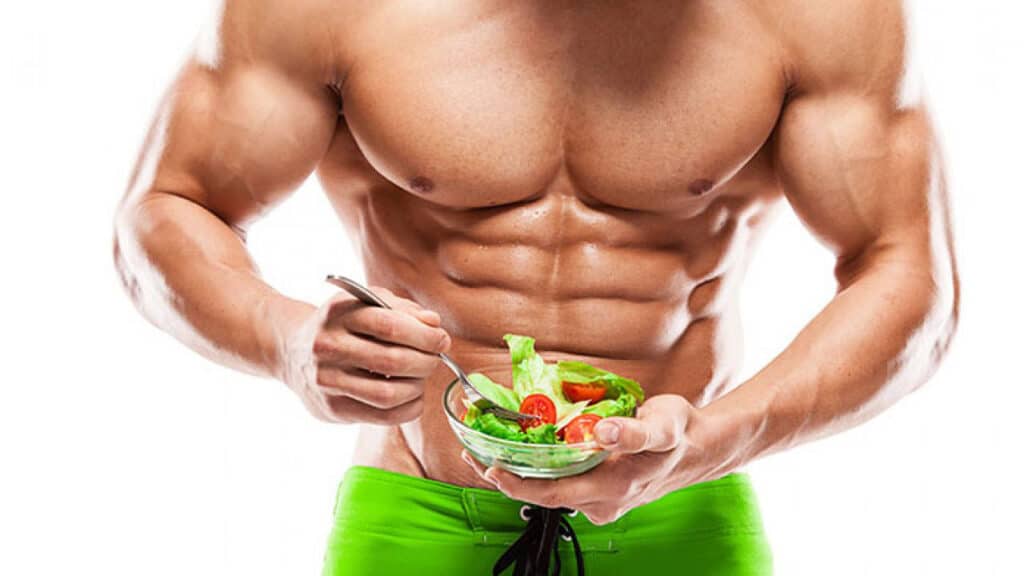There are two basic elements to trying to gain muscle. One is exercise, particularly resistance training. The other is your diet, which needs to include lots of muscle-building protein. You may find that some athletes use a cycle of what’s known as bulking and cutting to plan their diet. What exactly does this mean, and is it a good idea?
First there’s bulking. This is when you eat a lot. You eat so much, in fact, that you end up taking in more calories than you can possibly burn. This will lead to you putting on weight, which, when combined with high-intensity resistance training, will mostly be in the form of increased muscle mass.
The trouble with this approach is that you won’t necessarily just add muscle. You may also increase your levels of fat. That’s where cutting comes in. This is when you restrict your intake of calories to help you lose body fat, leaving just muscle behind. Lifting weights won’t be as easy if you’re cutting than it was when you were bulking as you’ll also have significantly less energy.
A lot of athletes will bulk for a while, then cut for a while. It’s a delicate balancing act. When you’re bulking, you need to find that sweet spot where you eat enough calories to boost your muscle but not to the extent that you start gaining a lot of fat. Cutting requires you to cut back on the calories, but not so much that you lose all your energy to train, which could, in turn, lead to losing muscle again.
You need to calculate your own calorie and exercise requirements based on your own body. Height, weight, age, sex, job, other physical activities and any injuries you have may all impact how much energy you need. You need to determine your baseline so you can add the 250 to 500 extra calories usually recommended when bulking.
In summary, bulking can add muscle but may also add fat, while cutting loses the fat but makes it harder to train. If you want to make the most of bulking and cutting, you need to do it carefully, with balance, while fully aware of the specific needs of your unique body. Both have benefits but also risks, and it won’t work for everyone. Check with your doctor before making major dietary or exercise changes.




